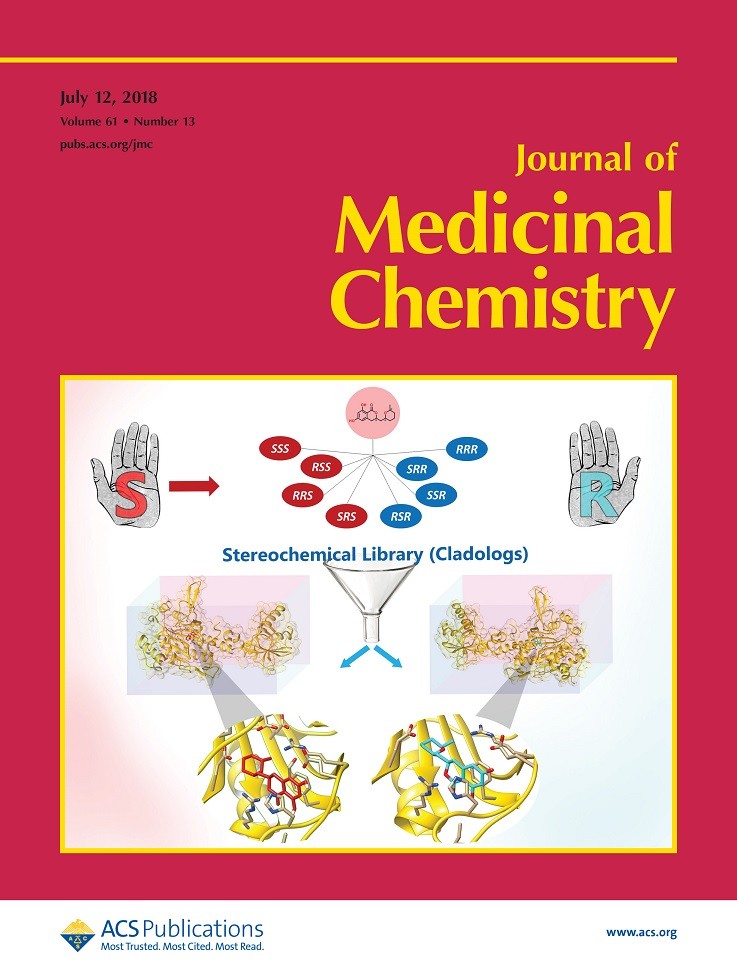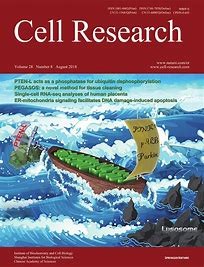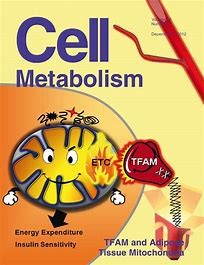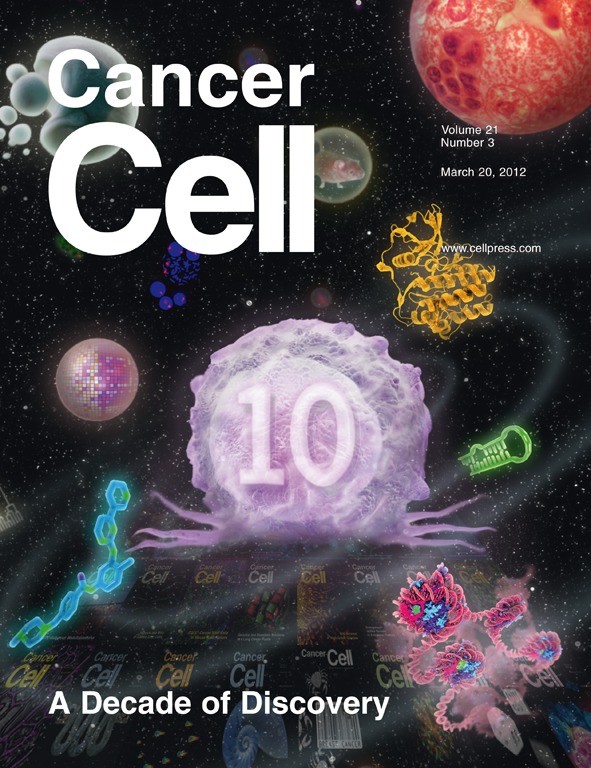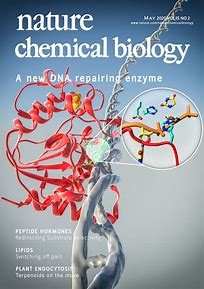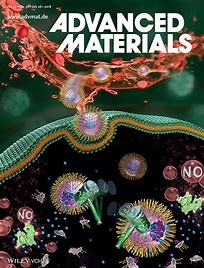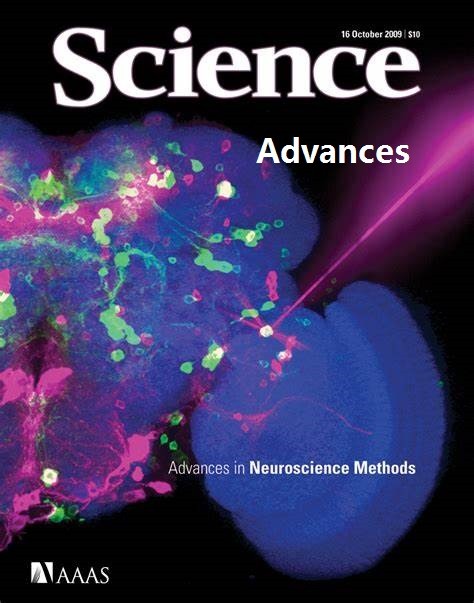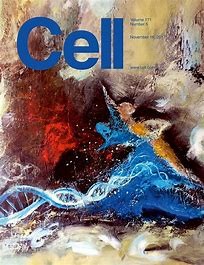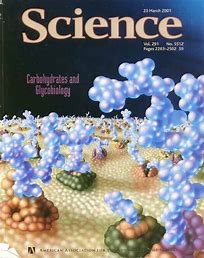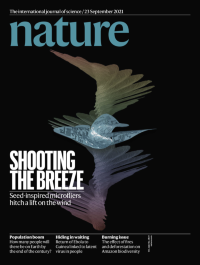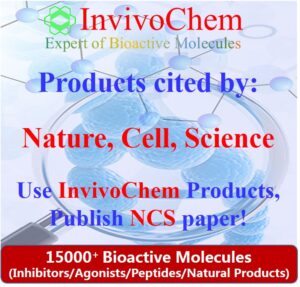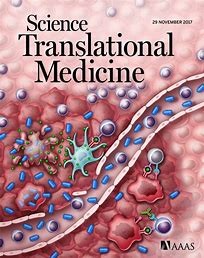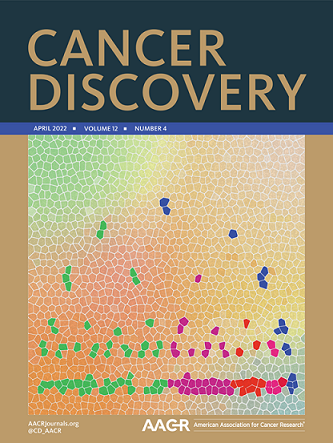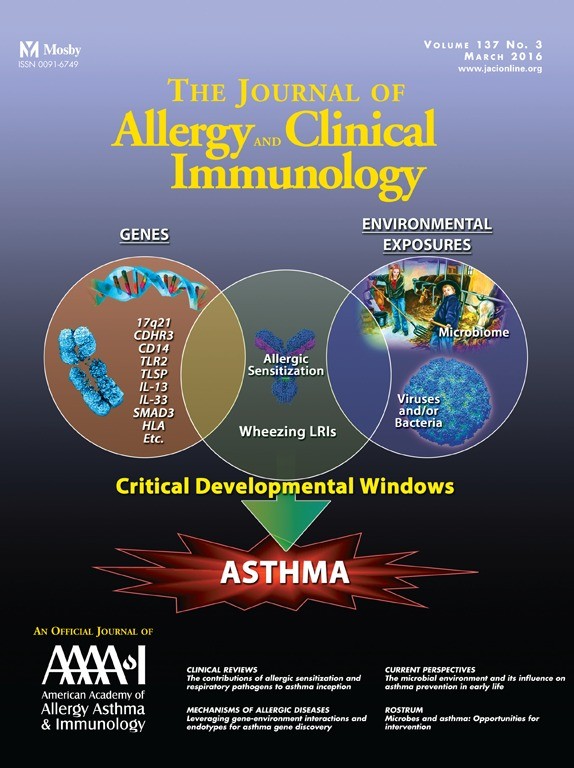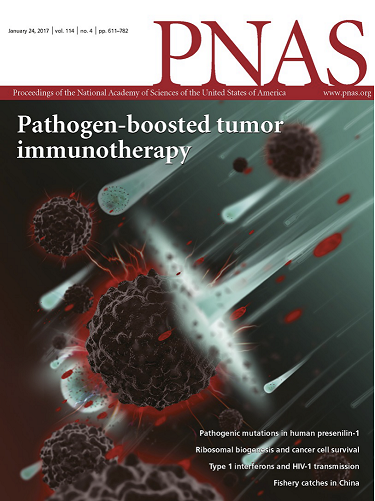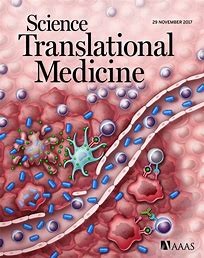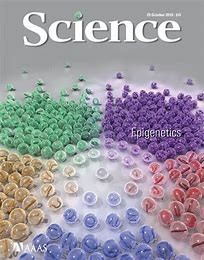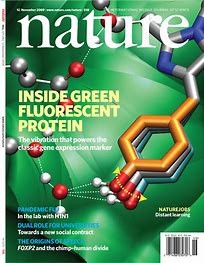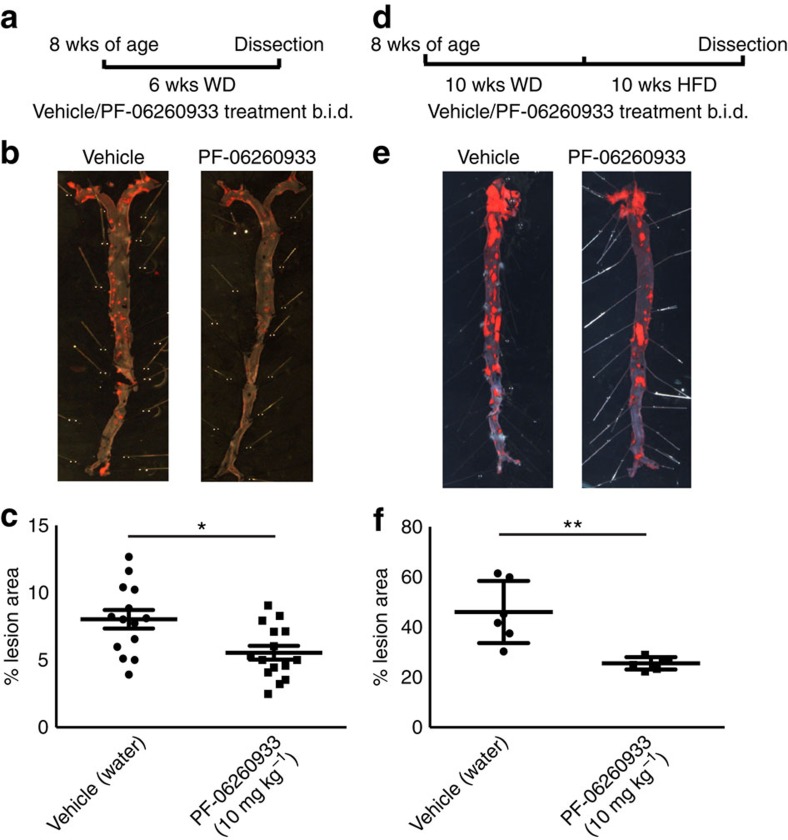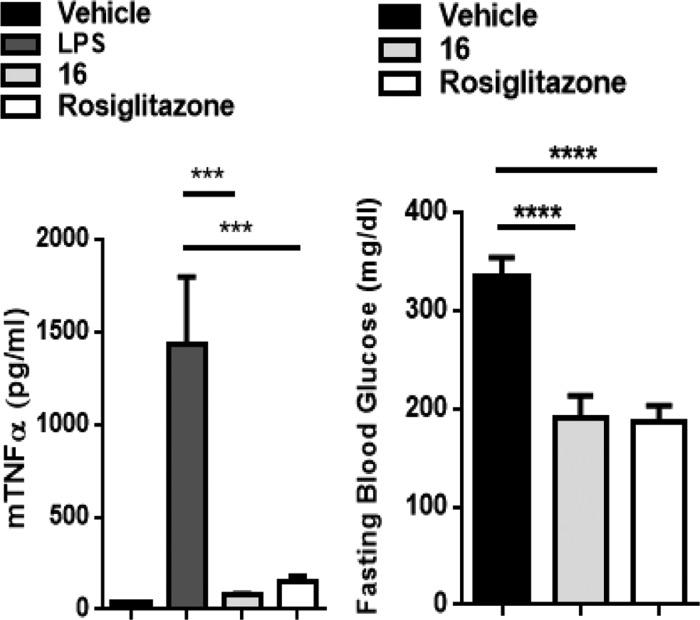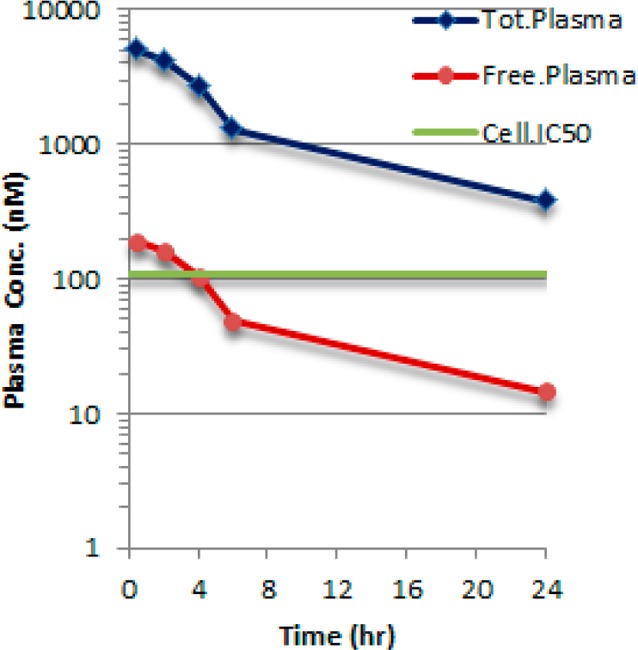This product is for research use only, not for human use. We do not sell to patients.
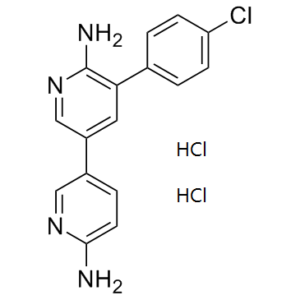
| Size | Price | Stock |
|---|---|---|
| 5mg | $98 | 3-6 Days |
| 10mg | $150 | 3-6 Days |
| 25mg | $250 | 3-6 Days |
| 50mg | $400 | 3-6 Days |
| 100mg | $550 | 3-6 Days |
| 250mg | $980 | 3-6 Days |
| 500mg | $1650 | 3-6 Days |
Cat #: V3216 CAS #: 1883548-86-4 (2HCl) Purity ≥ 98%
Description: PF-06260933 is a highly selective small-molecule inhibitor of MAP4K4 (Mitogen-activated protein kinase kinase kinase kinase 4) with IC50 values of 3.7 and 160 nM for cell-freel assay (kinase) and cell assay, respectively. It also inhibits MINK and TNIK with IC50 values of 8 and 13 nM, respectively. PF-06260933 has been reported to improve fasting hyperglycemia in mice. Recent studies in adipose tissue, pancreas, muscle, and macrophages suggest that MAP4K4, a serine/threonine protein kinase may be a viable target for antidiabetic drugs. As part of the evaluation of MAP4K4 as a novel antidiabetic target, PF-6260933.
Publications Citing InvivoChem Products
Product Promise

- Physicochemical and Storage Information
- Protocol
- Related Biological Data
- Stock Solution Preparation
- Quality Control Documentation
| Molecular Weight (MW) | 369.67 |
|---|---|
| Molecular Formula | C16H15Cl3N4 |
| CAS No. | 1883548-86-4 (2HCl) |
| Storage | -20℃ for 3 years in powder form |
| -80℃ for 2 years in solvent | |
| Solubility In Vitro | DMSO: >50 mg/mL |
| Water: | |
| Ethanol: | |
| SMILES Code | NC1=C(C2=CC=C(Cl)C=C2)C=C(C(C=N3)=CC=C3N)C=N1.[H]Cl.[H]Cl |
| Synonyms | PF-06260933 2HCl; PF 06260933 2HCl; PF06260933 2HCl; PF-06260933 dihydrochloride; PF 06260933 dihydrochloride; PF06260933 dihydrochloride |
| Protocol | In Vitro | In vitro activity: PF-06260933 is a highly selective small-molecule inhibitor of MAP4K4 with IC50 values of 3.7 and 160 nM for cell-freel assay (kinase) and cell assay, respectively. It also inhibits MINK and TNIK with IC50 values of 8 and 13 nM, respectively. PF-06260933 has been reported to improve fasting hyperglycemia in mice. Recent studies in adipose tissue, pancreas, muscle, and macrophages suggest that MAP4K4, a serine/threonine protein kinase may be a viable target for antidiabetic drugs. As part of the evaluation of MAP4K4 as a novel antidiabetic target, PF-6260933. Kinase Assay: Aortas were lysed in 1% NP-40, 50 mM Tris pH 7.4, 150 mM NaCl, 50 mM EDTA with 1 × HALT protease and phosphatase inhibitors (Thermo Scientific) and immunoprecipitated with Bethyl MAP4K4 antibodies (503 A; 1 μg) or normal rabbit IgG (Cell Signaling 2729; 1 μg). Myelin basic protein (MBP) (1 μg) and 10 μCi of [γ-32P]ATP were added to the immunoprecipitates and incubated for 30 min at 30 °C in kinase buffer (20 mM HEPES, 10 nM MgCl2, 1 mM dithiothreitol (DTT) and protease and phosphatase inhibitor cocktail). Samples were separated by 12% SDS–polyacrylamide gel electrophoresis and visualized by autoradiography. Cell Assay: HUVECs are maintained in EGM2 media at 37°C and 5% CO2. HUVECs or peritoneal macrophages are treated with vehicle or PF-06260933 in vitroto determine whether pharmacological inhibition of MAP4K4 alteres MAPK signalling in response to TNF-α |
|---|---|---|
| In Vivo | At 6–8 weeks of age, male flox/flox and flox/flox/cre+ littermates were injected with 1 mg tamoxifen per day in corn oil for 5 days. At 5–6 weeks of age (KD mice) or 2 weeks after tamoxifen injection (flox mice), the mice were fed chow or WD (0.2% cholesterol, TD 88137, Harlan Laboratories) for 16 weeks. Compound PF-06260933 (10 mg kg−1, dissolved in dH2O) was orally administered to 8–10-week-old male ApoE−/− mice twice daily for 6 weeks. Ldlr−/− male mice (B6.129S7-Ldlrtm1Her/J, Jackson Laboratories, 8–10 weeks old) were placed on HFD (1.25% cholesterol, TD96121, Harlan Laboratories) for 10 weeks before drug administration. Compound PF-06260933 was administered to male 8–10-week-old Ldlr−/− mice as above for 10 weeks. Oral administration of water was used as vehicle control in all studies. Mice were euthanized by CO2 inhalation followed by bilateral pneumothorax. No statistical methods were used to predict sample size, no randomization was performed and the investigations were not blinded during the knockout animal analyses, but were blinded during the drug treatment analyses. | |
| Animal model | 6–8 weeks of age, male flox/flox and flox/flox/cre+ littermates |
| Solvent volume to be added | Mass (the weight of a compound) | |||
|---|---|---|---|---|
| Mother liquor concentration | 1mg | 5mg | 10mg | 20mg |
| 1mM | 2.7051 mL | 13.5256 mL | 27.0512 mL | 54.1023 mL |
| 5mM | 0.5410 mL | 2.7051 mL | 5.4102 mL | 10.8205 mL |
| 10mM | 0.2705 mL | 1.3526 mL | 2.7051 mL | 5.4102 mL |
| 20mM | 0.1353 mL | 0.6763 mL | 1.3526 mL | 2.7051 mL |
This equation is commonly abbreviated as: C1 V1 = C2 V2
- (1) Please be sure that the solution is clear before the addition of next solvent. Dissolution methods like vortex, ultrasound or warming and heat may be used to aid dissolving.
- (2) Be sure to add the solvent(s) in order.

